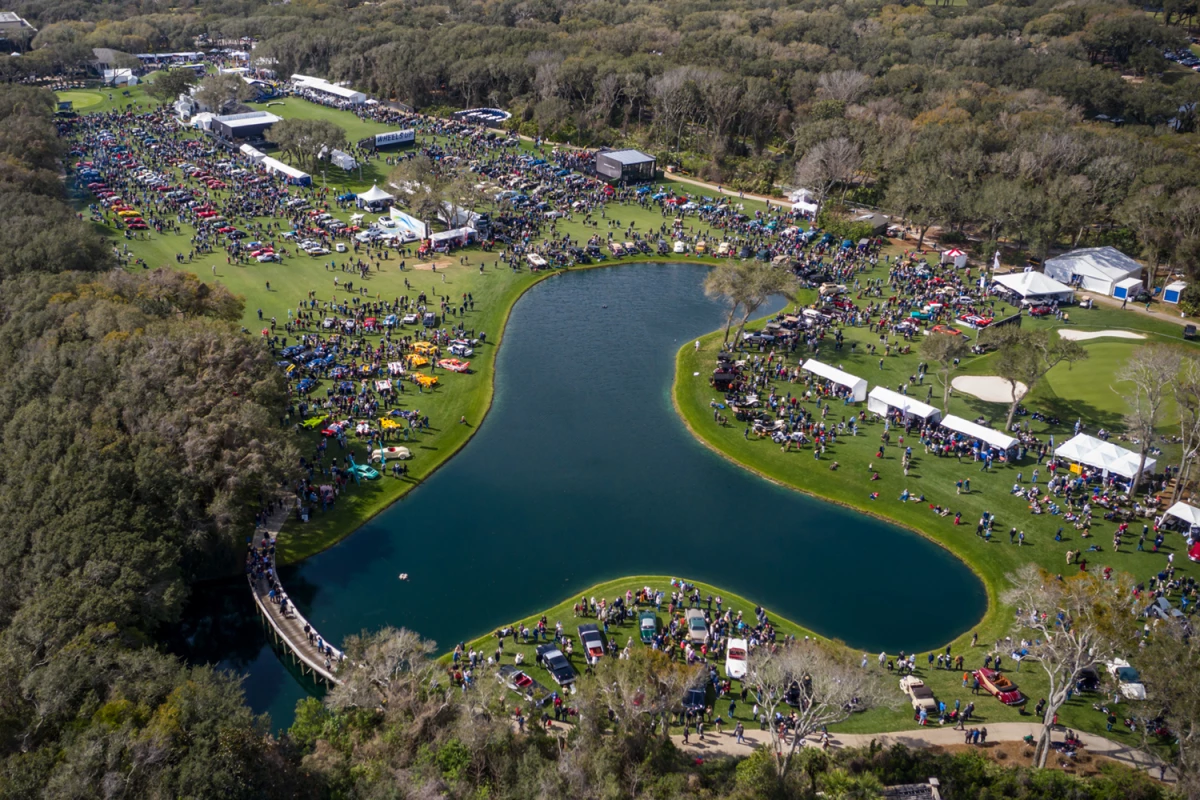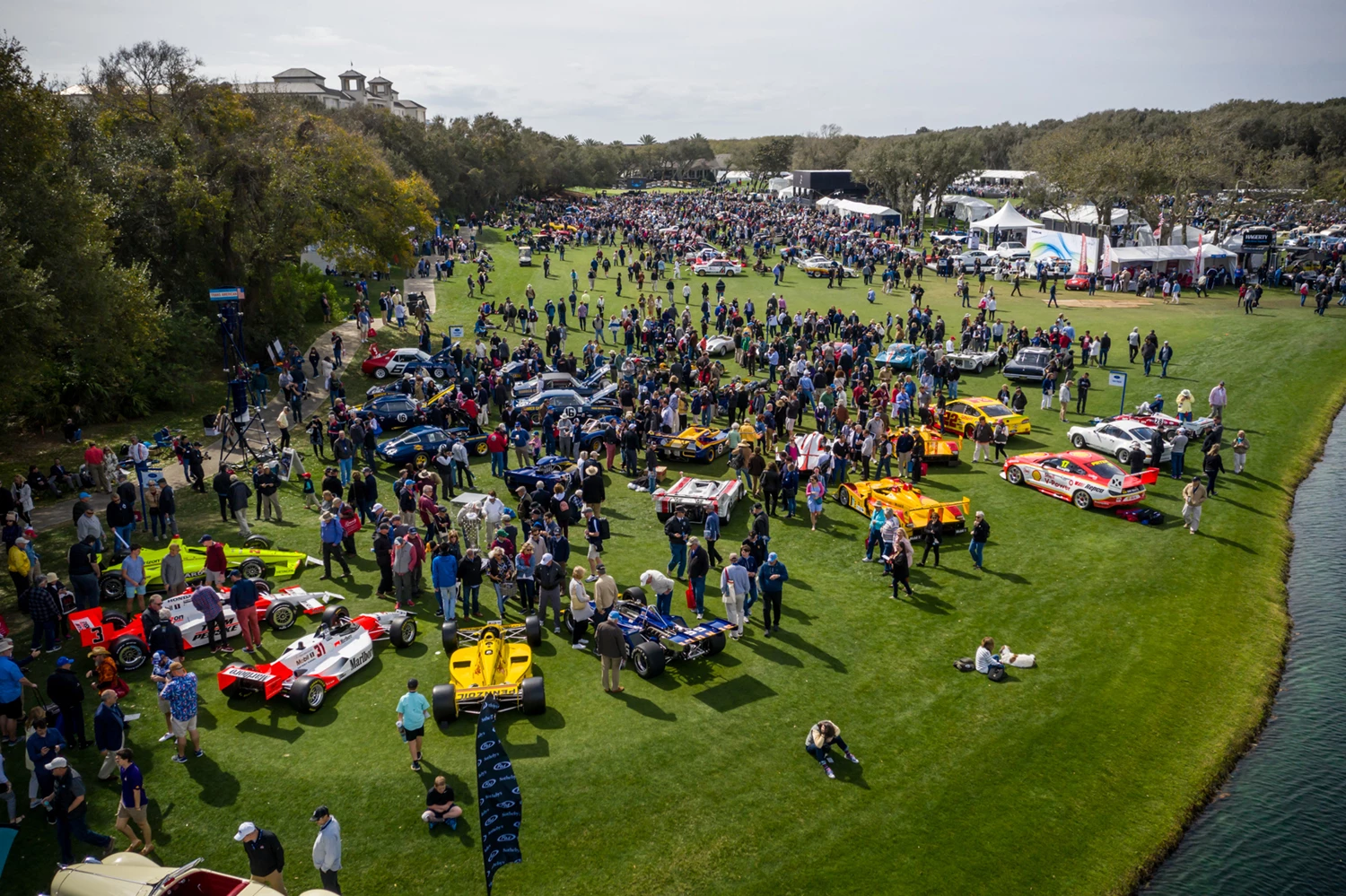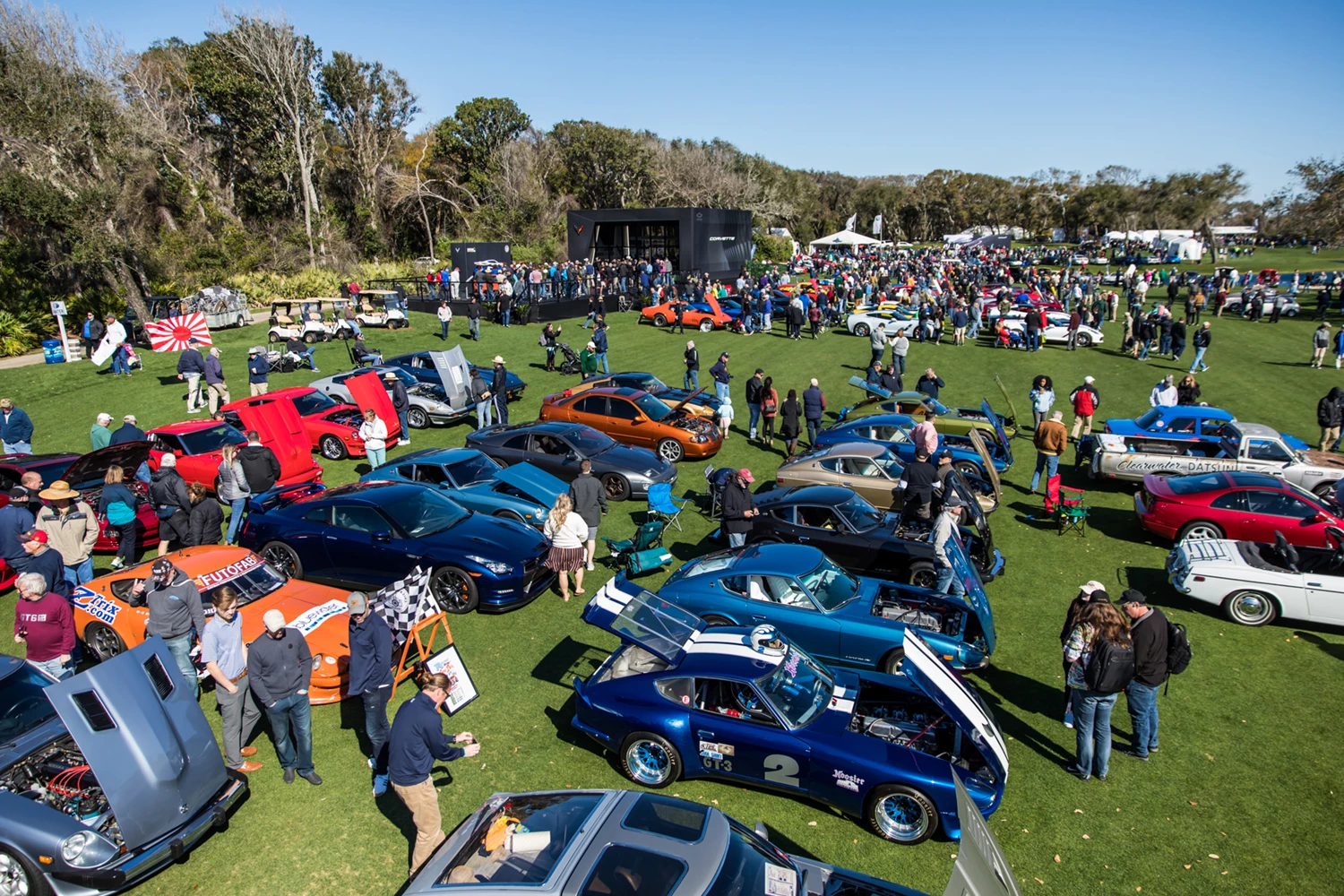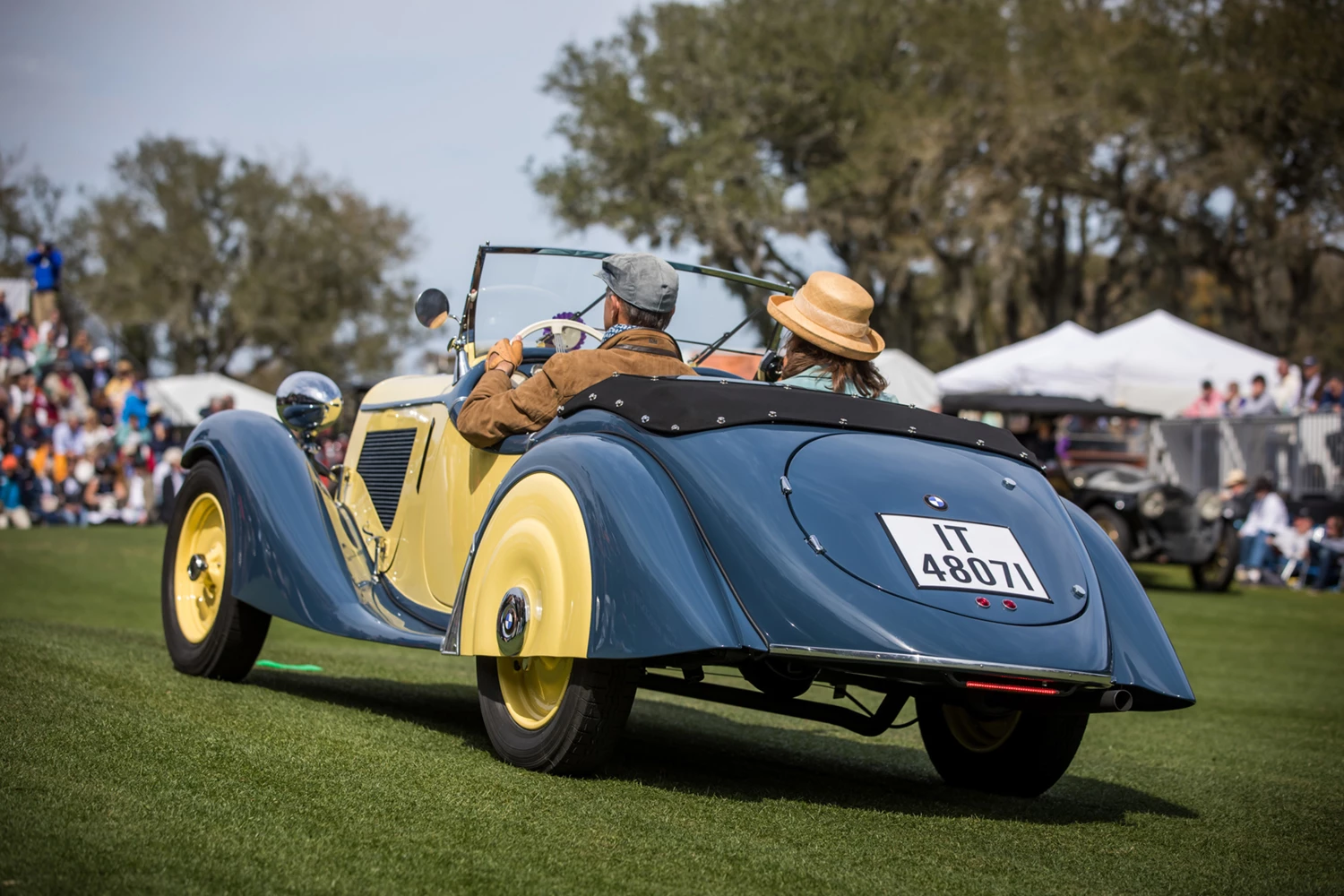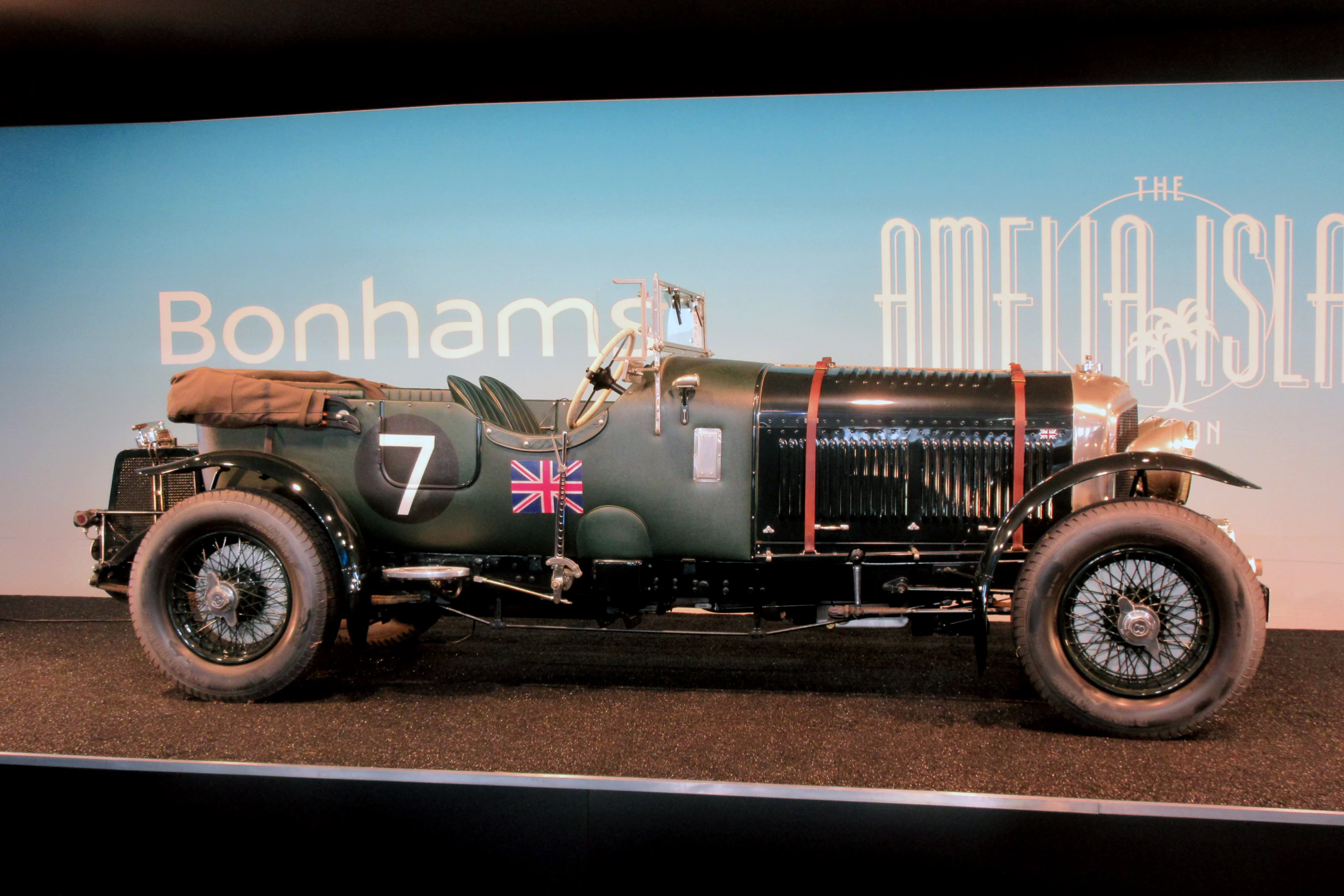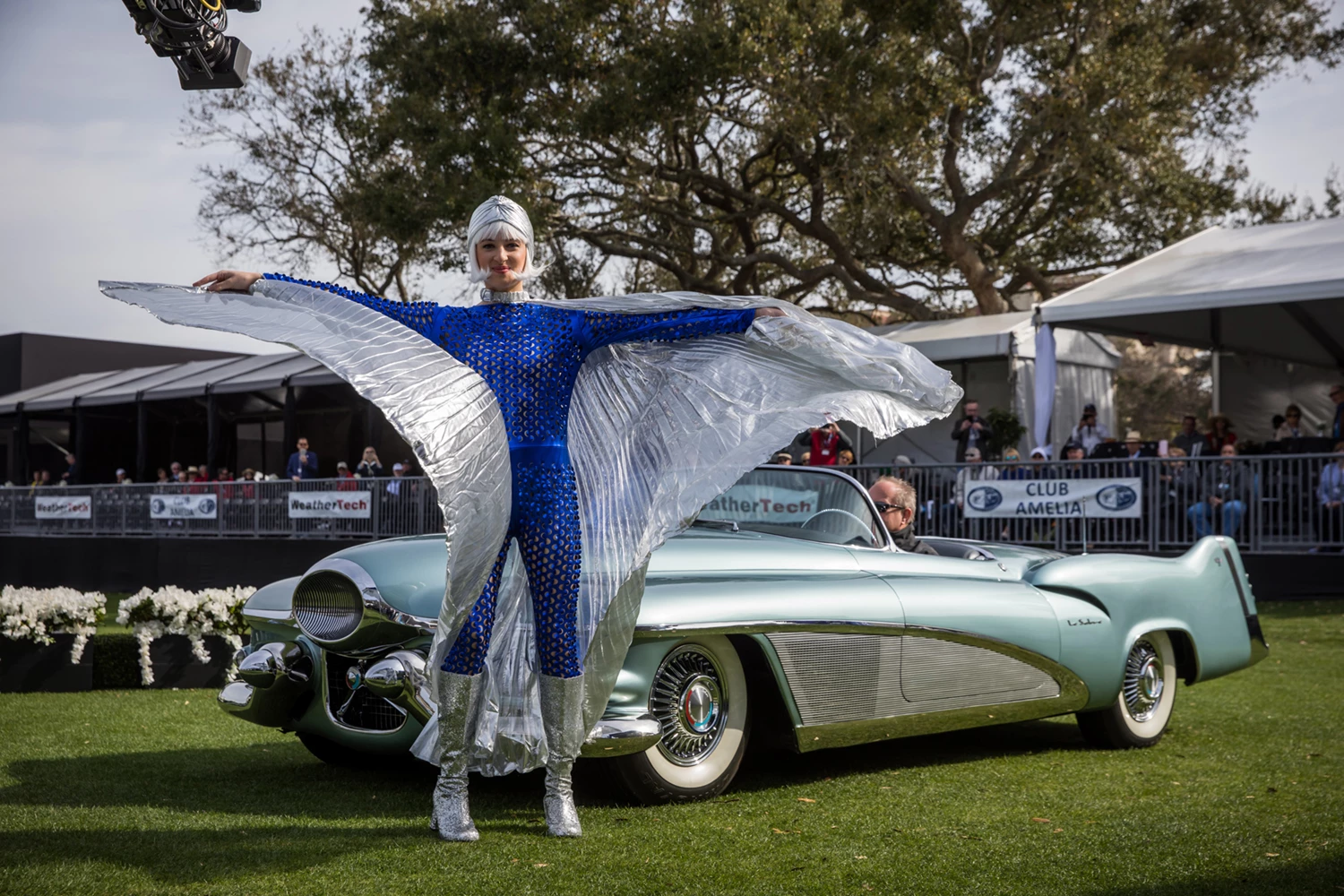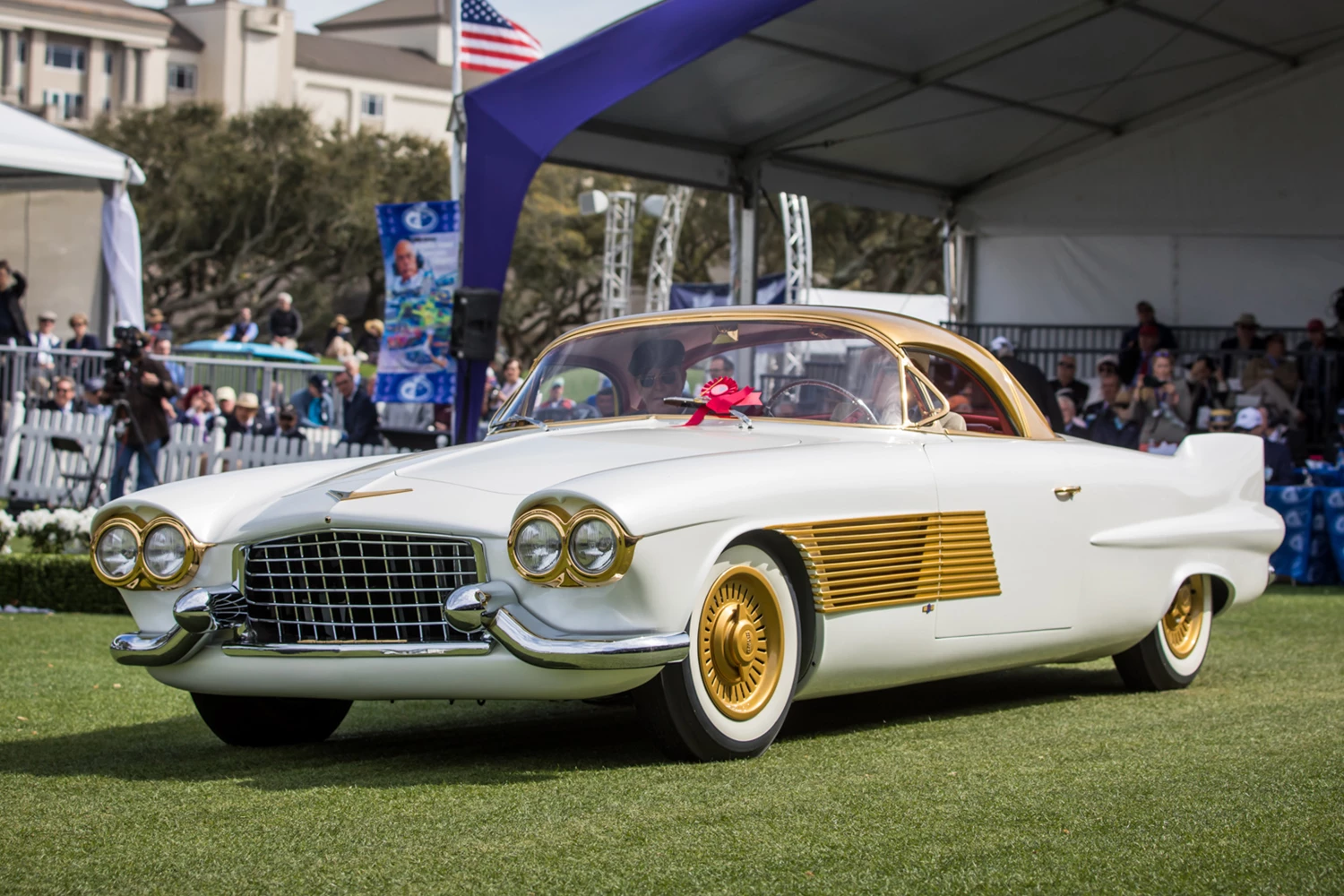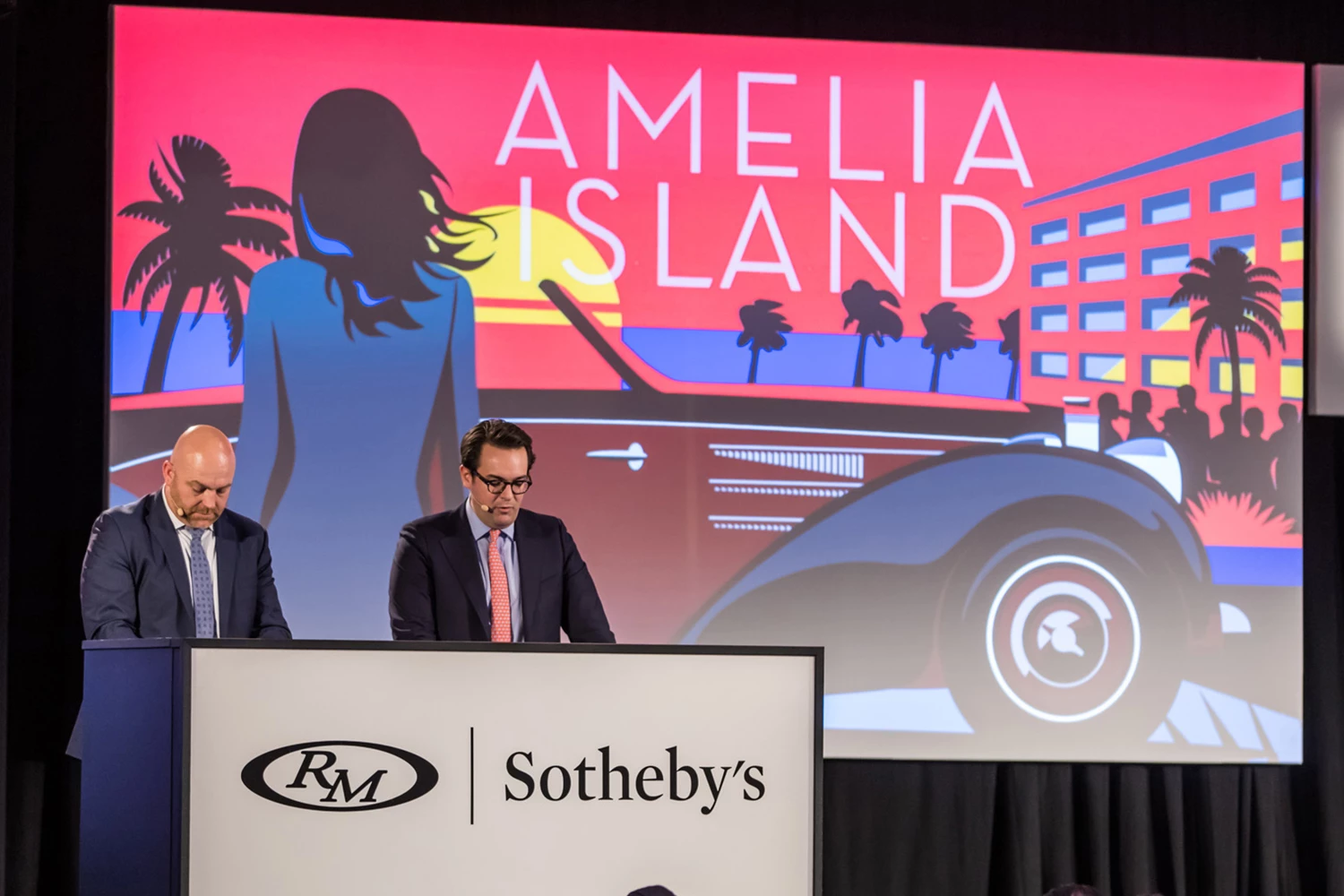Cars that can win a major international concours event always have a story to tell, though it is indeed rare that the two "best in show" cars have stories that are as extraordinary as the winners of the 25th Amelia Island Concours d'Elegance.
The Murphy-bodied 1929 Duesenberg J-218 Town Limousine that won the Ritz-Carlton Best in Show Award for the 2020 Amelia Island Concours d'Elegance is one of the most storied of concours cars, and is certain to be a fine representative for Amelia Island in the Peninsula Classics Best-of-the-best Award in Paris next February.
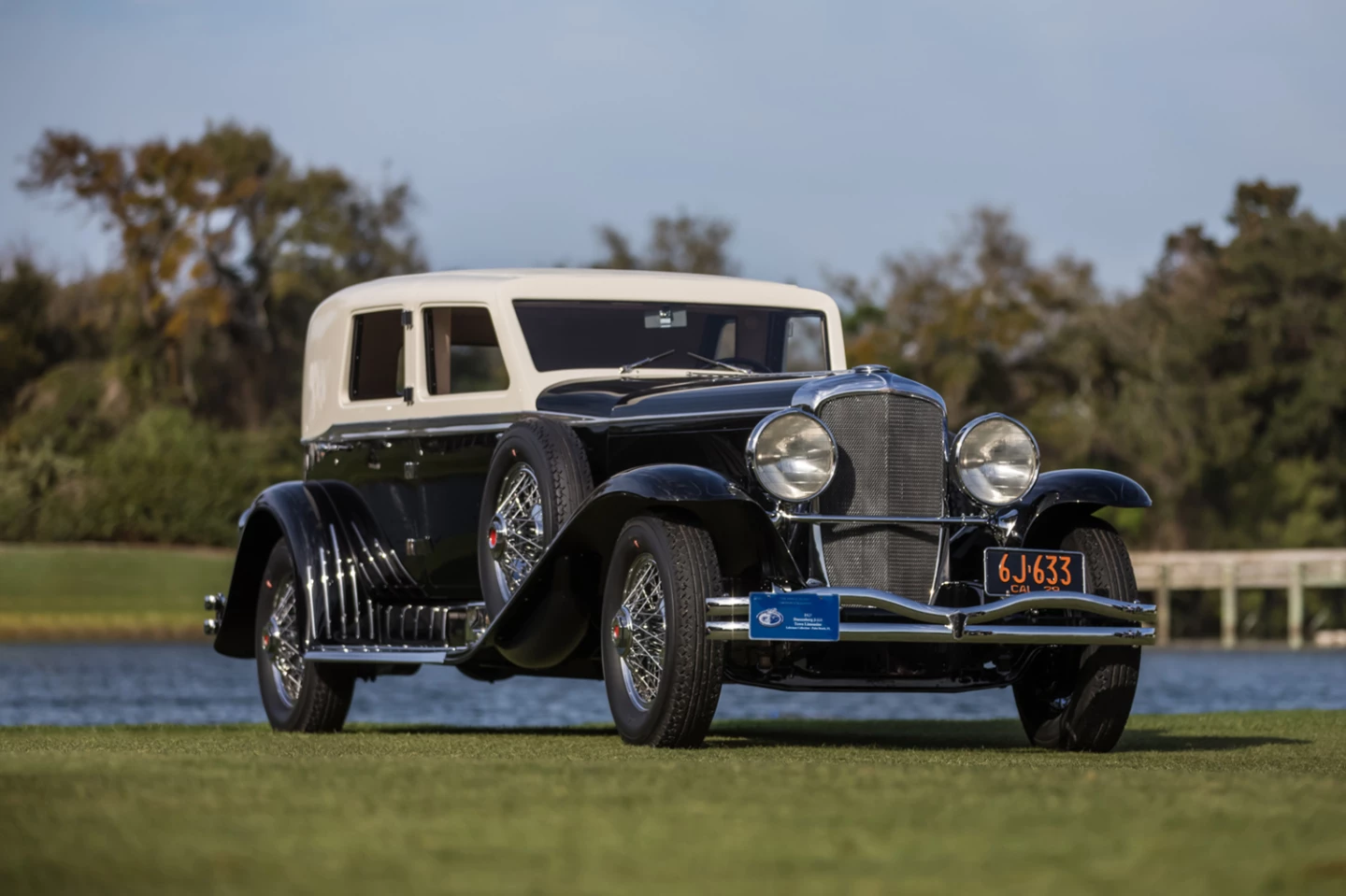
The car is one of the many Duesenbergs built for Captain George Whittell Jr. who owned a remarkable six Model Js at one time, and was undoubtedly Duesenberg's best customer of all time, even surpassing Clark Gable and Gary Cooper.
Whittell was heir to an impressive California gold rush and real estate fortune and the ultimate playboy of his day who famously liquidated his entire stock portfolio (approximately $50 million at the time) just two weeks before the infamous stock market crash of 1929. A larger-than-life public figure in San Francisco society, Whittell engaged in numerous quite public escapades with women, street racing and outrageous public appearances, sometimes with his pet lion, Bill.
Whittell collaborated with Murphy Coachbuilders for a fleet of custom Duesenbergs, with one of his best-known Duesenbergs fetching $10,340,000 at Pebble Beach in 2011. Autoweek ran a feature on Whittell's exploits in 2017, and it's worth a read.

The Best in Show Concours de Sport Trophy at Amelia Island this year went to an equally outrageous motor car, the 1,500 horsepower 1973 Porsche 917/30 Can-Am Spyder that took Mark Donohue to six victories in eight races and to the 1973 Can-Am Championship.
Though it is fast approaching 50 years-of-age, the Porsche 917/30 is still the most powerful circuit racing car ever made, lapping Talladega Speedway in Alabama at an average speed of 221.16 mph in 1975, and becoming so dominant that it effectively resulted in the closure of the Can-Am Series.
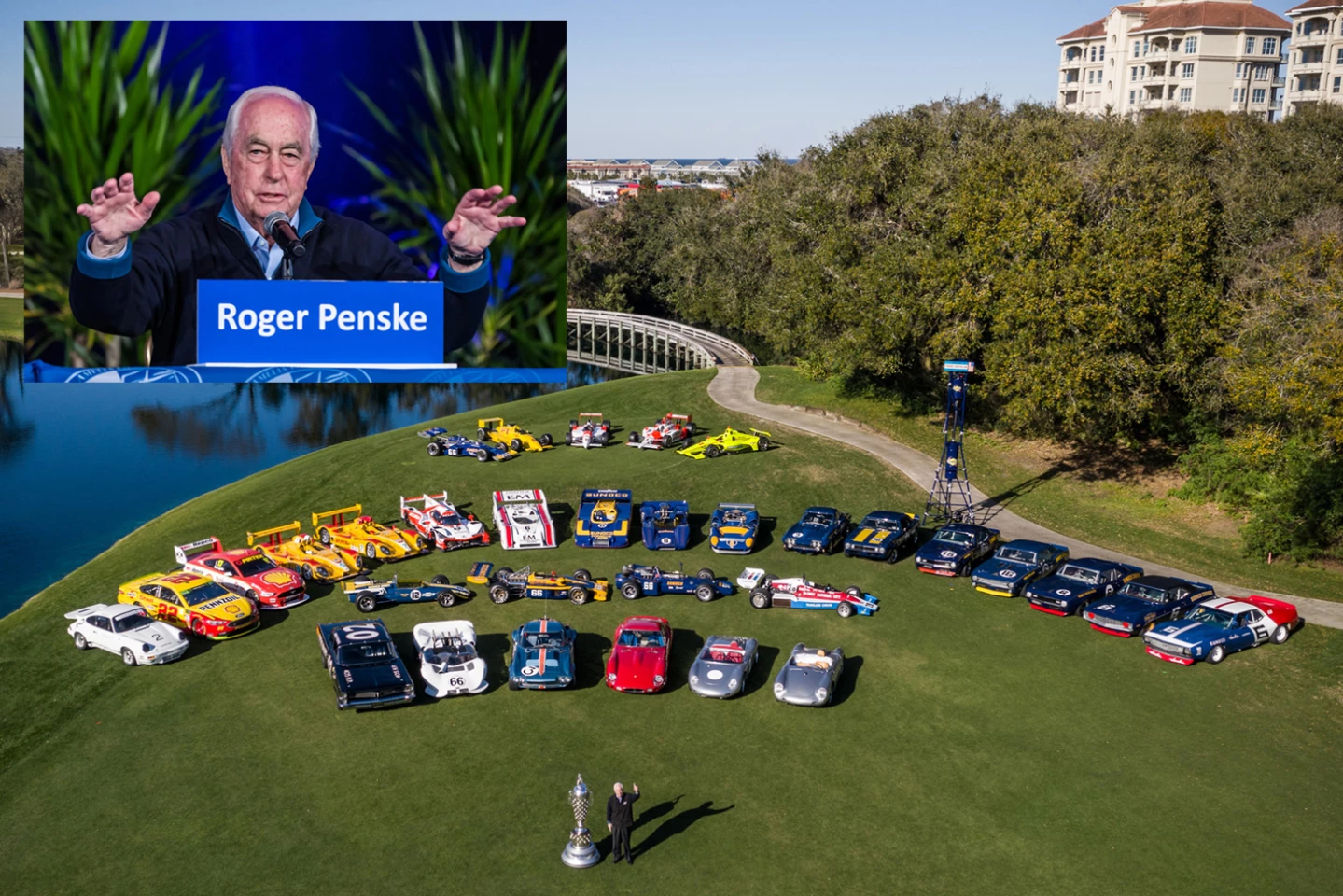
The honoree this year at Amelia Island was racer, team owner and international businessman, "The Captain" Roger Penske. More than 30 former Penske vehicles were displayed in four different classes at Amelia this year.
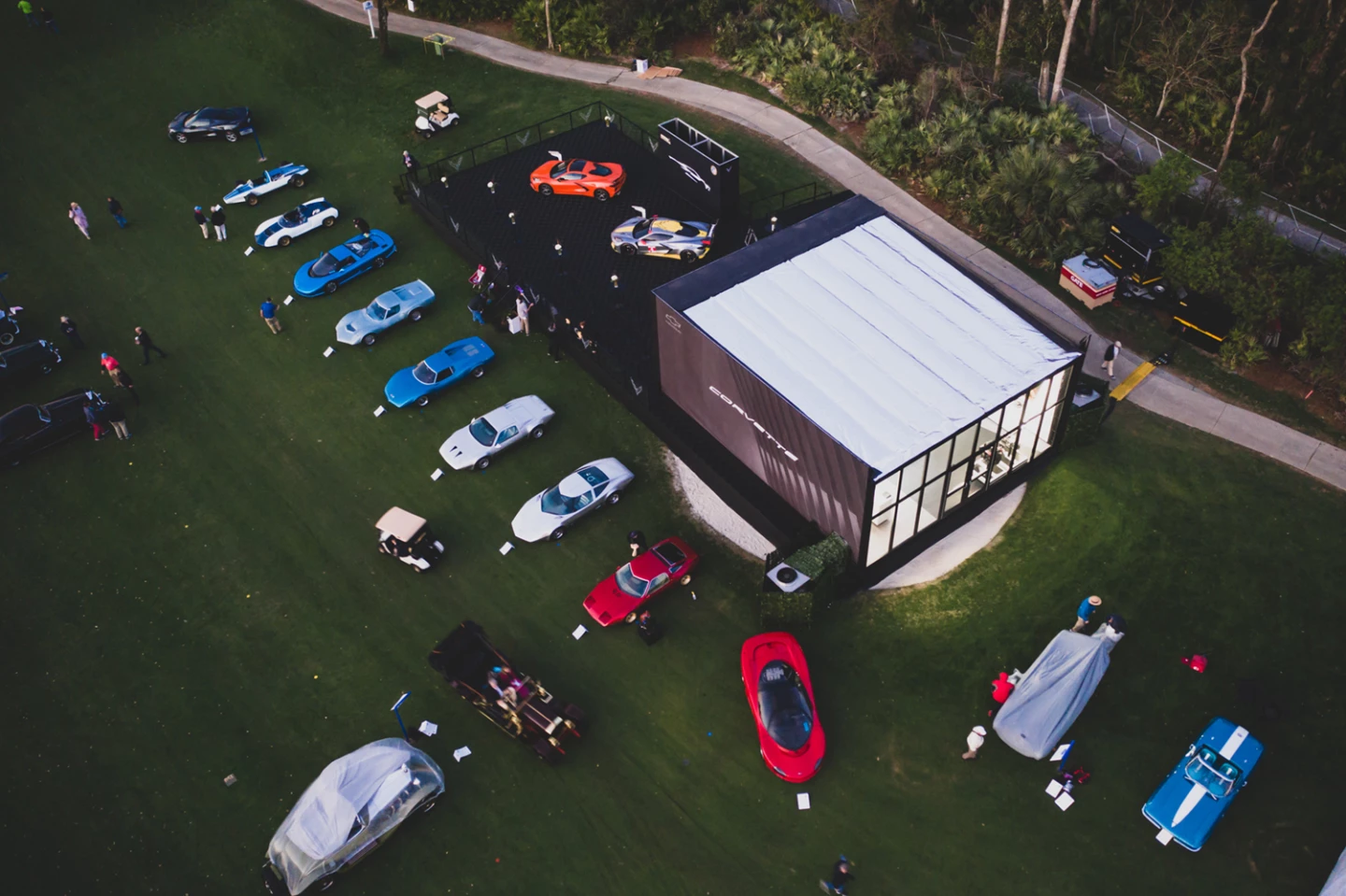
Each year Amelia Island has a range of innovative and fascinating classes which bring together quite extraordinary exhibits. We've attempted to touch on the displays of each of them in our photo gallery for the event, with this display of mid-engined Corvettes a prime example. Brought together in celebration of the arrival of the Corvette C8, Chevrolet’s mid-engine 1964 GS IIB research vehicle joined the Amelia’s Mid-Engine Corvette class. This showing marked the first appearance of the one-off experimental 1964 GS IIB outside the Chaparral Gallery of the Petroleum Museum in Midland, Texas.
For those interested in the outcome of the auctions, we've updated all the prices fetched on our preview article.
